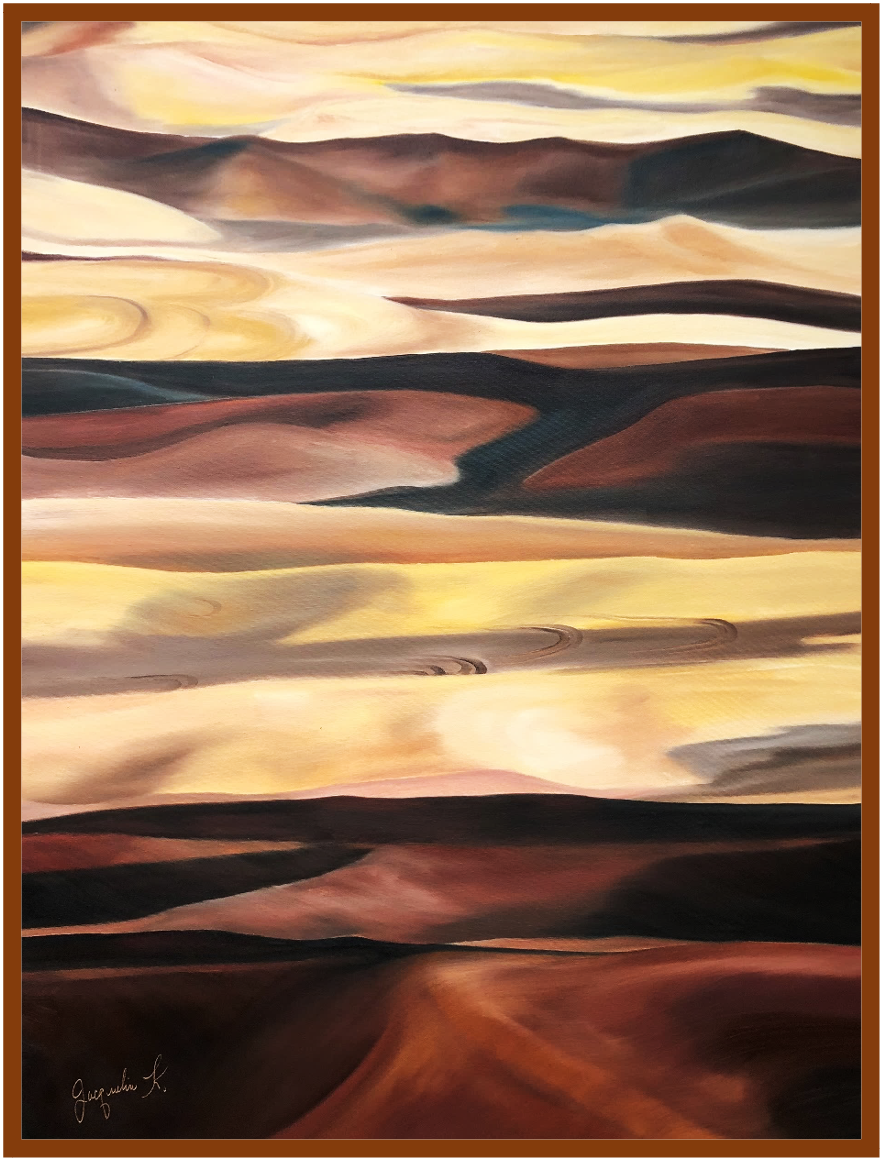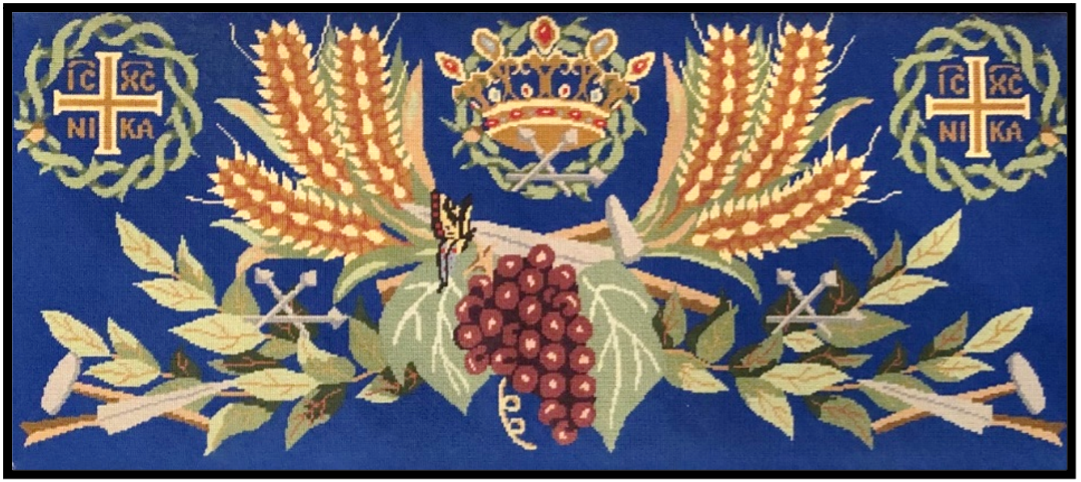Cultural tensions rise with proliferating perils of climate change, global food security needs, and concern about impacts on soil biomes and wildlife. Establishing balance involves mediation of the ancient urges for veneration and exploitation, and consideration of technocratic limits and trade-offs in agricultural improvement. Soil scientists estimate that no-till chemical intensive farming has reduced erosion on American farms by 40% while also creating conditions for the emergence of herbicide-resistant weeds. Yet less tillage in such systems reduces American diesel consumption by two-thirds for some 280 million gallons of annual savings. For Promethian bioentrepreneurs CRISPR gene modification and related technologies offer prospect of crop improvement although prominent biologists acknowledge that cellular arrangements can be altered in ways that are poorly understood. Reengineering life forms raises uneasy questions about the complicated relationships between the natural and unnatural, and theological distinctions between obeying God and playing God, or between earthly tenancy and proprietorship. Theoretical physicist Richard Feynman likened the complexities of modern science to a cosmic chess game at which we are only observers with limited capacity to predict outcomes regardless of worthy intentions.
Wendell Berry explores these tensions and offers a fertile field of practical recommendations for how anyone can apply the useful habits of memory, attention, and reverence. He recognizes the primacy of earth care to support all other human endeavors, and likens this to holy service: “The most exemplary nature is that of the topsoil. It is very Christ-like in its passivity and beneficence, and in the penetrating energy that issues out of its peaceableness. It increases by experience, by the passage of seasons over it, growth rising out of it and returning to it…. It keeps the past, not as history or memory, but as richness, new possibility.” In this sense the urgent partisanship in political and economic affairs becomes secondary to stewardship of land and life, and the function of healthy community for enduring fulfillment.
Whether on a Midwest farm or in a Chicago high-rise, one may live with fidelity to place by learning and practicing domestic arts and community building. Family care and homemaking need not require moving “back to the land,” though new paradigms for remote working are faciliating rural residency. In any setting folks can summon moral courage to eat together, shop locally to support practicioners of local crafts, connect young people to worthwhile endeavors, and affirm the values of environmental care. Policies and practice of self-reliance and promotion of the common good that characterized republicanism in the ancient world are relevant more than ever in an era of threatened landscapes, endangered species, and marginalized labor. Ethicist Julie Crouse characterizes Berry’s ongoing literary conversation about these matters as a “sacred harvest” for renewing the common good by promotion of connections among people, landscapes, and spirituality. In the context of farm work for participation in the market economy, or mental work for healthy imagination and discernment, Berry calls the external standard of such endeavors the “Great Economy,” or the “Kingdom of God.” The goal is to promote abiding, abundant harvests and the longterm wellbeing of individuals in community. In spite of dreams of space colonization, exploration of extraterrestial neighbors near and far has shown that, in the words of science-fiction writer Kim Stanley Robinson, “There is no Planet B.”
Berry has explored ideas of earth care most fully in his novels and short stories about the Coulter, Catlett, Branch, and other families. They dwell together in imaginary Port William, for which the author’s native Port Royal, Kentucky, serves as a touchstone. The place is not a utopian metaphor as its residents navigate with failure and success through cross-currents of old ways and modernity’s encroachments and benefits. In “That Distant Land” (1965), a rural neighborhood crew gathers for tobacco harvest in the sweltering August heat, and Berry casts a scene that resembles field laborers of ancient times: “They dove into the work, maintaining the same pressing rhythm from one end of the row to the other, and yet they worked well, as smoothly and precisely as dancers. To see them moving side by side against the standing crop, leaving it fallen, the field changed, behind them, was maybe like watching Homeric soldiers going into battle. It was momentous and beautiful and touchingly mortal.” The classical allusion is not incidental. In “The Agrarian Standard” (2002), Berry invokes lines from Virgil’s Fourth Georgic about “an old Cilician” who cares for a small plot of land that produces abundantly because of an ethic “rooted in mystery and sanctity” that values giving back to the health of the soil—an affectionate agarian stewardship for the sake of present and unborn generations.
Meaning-making in classical thought came through an honorable paideia of civic engagement and reflection. Intellect detached from action risks loss, and empathy apart from action is purposeless. Apparent in literature and art from Virgil and Horace to British Georgics, French Rustics, and Russian Itinerants, a holistic life of labor—such as Port Royal harvesting, craft, and community, promotes personal as well as cooperative wellbeing. A related education grounded in distinctly local connectedness through stories and art, mealtime fellowship and field study offers prospect of cultural renewal.












